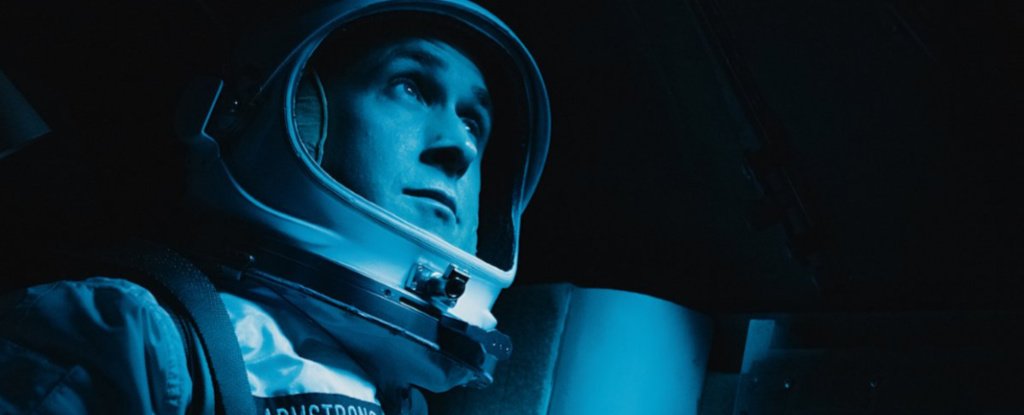

This led to an unfounded belief in a ‘missile gap’, not helped by Soviet Premier Nikita Khrushchev’s boast that his country was “turning out missiles like sausages”. If the Russians could put a satellite into space, then they could launch rockets with nuclear warheads. The launch of Sputnik in 1957 – around the time they also tested intercontinental ballistic missiles – gave the Soviets a distinct advantage and spread fear in theb US. Both sides strived to demonstrate how they had the superior weapons technology, delivery systems and, ultimately, political ideology. The two superpowers, the US and the Soviet Union, knew that with the terrifying destructive power of nuclear weapons they could not risk all-out war, but that did not prevent an arms race in a tense competition for supremacy.

The mushroom clouds at Hiroshima and Nagasaki in 1945 signalled both the end of WW2 and the dawn of the atomic age, from which emerged the Cold War. Worse, two of the five second-stage engines failed. Its second flight, Apollo 6, was not as smooth: the Saturn V’s first stage chugged in a pogolike manner that would have shaken a crew senseless. The rocket acquitted itself astoundingly well, barely missing a beat as it ascended to space. It began in November 1967 with Apollo 4, the first test of the Saturn V. NASA’s more general approach was to fly a progression of missions that would lead to a lunar landing.

But the Saturn V would have to prove itself twice before carrying humans. NASA instead opted to test the rocket stages exhaustively on the ground, then fly the whole lot in one go, so-called ‘all-up’ testing. It was running out of time to individually test the three rocket stages of the gargantuan Saturn V – the new launch vehicle being built to send men to the Moon. By mid-1967, Kennedy’s deadline of placing a man on the Moon by the end of the decade was approaching, and NASA was in a dark place. There were many difficulties in the Apollo story: some tragic, most technical. Its absence was the reason that Borman and his crew found themselves around the Moon at Christmas. The other was Anders’ missing lunar module. This combined command/service module (CSM) was only one part of the Apollo system. It sat at one end of the service module, a cylinder with a rocket nozzle at the opposite end.


 0 kommentar(er)
0 kommentar(er)
